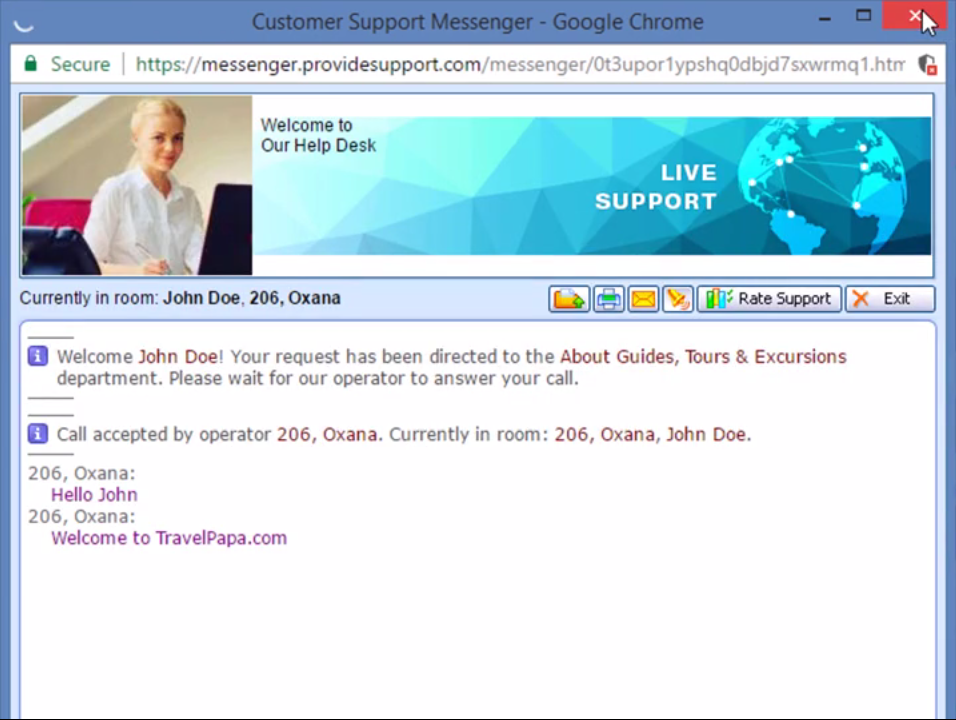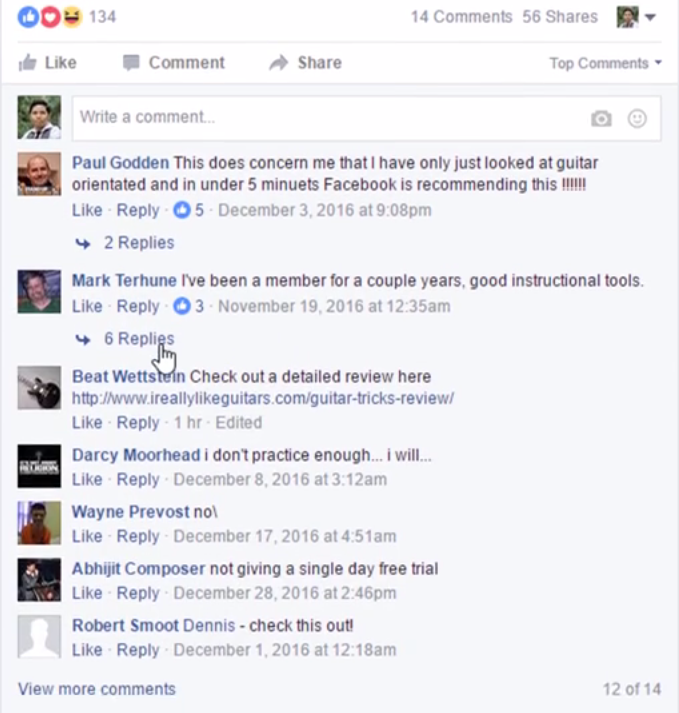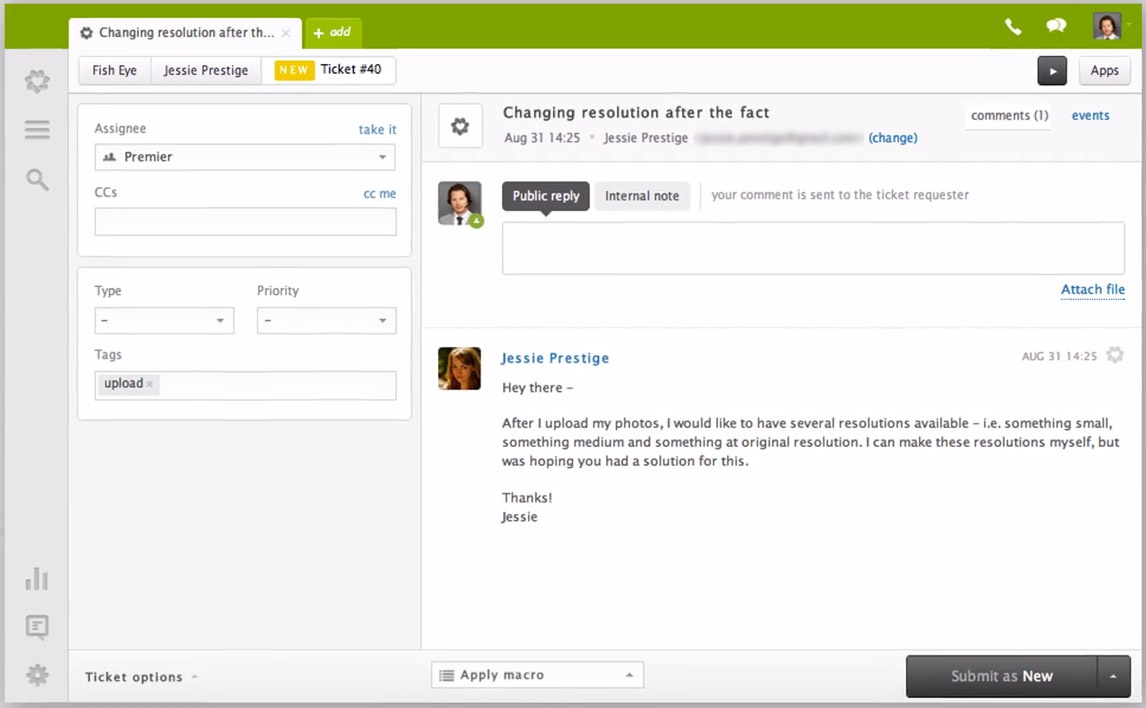Summary
Good news! If you want to improve your conversion rates, some of the answers are right under your nose.
In today’s quick tip video, we’ll cover how to step into the mind of your customers and more clearly articulate what they want.
Transcript
I have good news. If you want to improve the conversion rate of your site, there's a good chance that you already have all the information, all the data that you need to do that, so in this video, we want to point out some of the common sources where you can find an absolutely goldmine of information about what your customers want and maybe where they're encountering friction in the process of buying from you.
The first source is your live chat logs, so if you're using the live chat on your site, this is a gold mine to see what people are asking pre-sales or pre-opt in.

You want to go through the logs and start to spot the trends of where people might have objections, where they might have questions or doubts. All these things are really, really important to note, and what you can actually do is, when you're starting to formulate your tests on your landing pages after going through and reading this information, you can start to use some of their language.
So, if you have an FAQ section of your landing page, you submit specific questions that are being asked in the live chat logs so you can preempt those questions and make a smoother process for people to opt in.

Another similar source is using the comments section of your social advertising effort, so for instance, if you're running Facebook ads, you're going to see a lot of people start to comment right within your ad, and that's the beauty of running things like Twitter ads or Facebook ads is that you have real interaction with people.

It's not static or one way, and you want to start figuring out the things that people are maybe doubtful about or maybe they just have questions or they want more information.
That is a very rich source for you to read through and figure out what's stopping people, what's creating maybe distrust when they're reading your ad copy.
All these things are with a huge gift that we now have as advertisers, because you never had that feedback before with other forms of advertising.
I also recommend that you get into conversations with people on your ad. One, it's going to give you a better kind of organic boost of the ad, so more people are going to see it because there's more activity happening on your ad, but also, it lets you converse.
It lets you have a conversation and build trust so people know that there's an actual human voice behind the ad and it lets you ask followup questions, too, so you can get more information in almost like a focus group type of setting where people are interacting with you one-on-one right from the stream of the ads.

The last source that we want to encourage you to take a look at is your support tickets, so maybe you're using a platform like Zendesk.

This is especially helpful if you're a software company and your pricing is on a freemium model, and so what you want to look at is where people are getting tripped up the most, like what part of their onboarding process do they have the most questions about, or what's the most desired feature of your product that people are struggling to use or struggling to wrap their minds around.
The better you can create a seamless experience for onboarding, the easier it is for people to start using your product, obviously, the more they're gonna convert, the more that they're gonna convert into a paid account, but if you can start detecting as almost like a KPI what some of those questions are throughout your support, you can start from the beginning and give people an instructional video.
You can give them some sort of piece of content in their drip e-mail campaign that will anticipate the questions that they might have.
So, those are three sources of data that are qualitative sources, right?
They're rich texts. It's stuff that you can read.
There's sentiment and feeling behind it.
It's not just numbers from analytics, and when you combine that with your existing analytics setup you have a very, very powerful picture of where people are getting tripped up and where you might be able to improve your process in your funnel, whether that's pre-opt in, or if you're a product, like a software product, in their onboarding process on their way to being a paid account.


-AK-148968-preview.png?width=842&height=310&name=1.01-1x1px-Embertribe-(Client-Services)-AK-148968-preview.png)














.png?width=810&height=810&name=TJ%20Jones%20-%20%20CoFounder%20EmberTribe%20(1).png)


%20-%20500x500%20-%20SP%20-%2045.01.png)
%20-%20500x500%20-%20SP%20-%2049.01.png)
%20-%20500x500%20-%20SP%20-%2057.01.png)


.png)